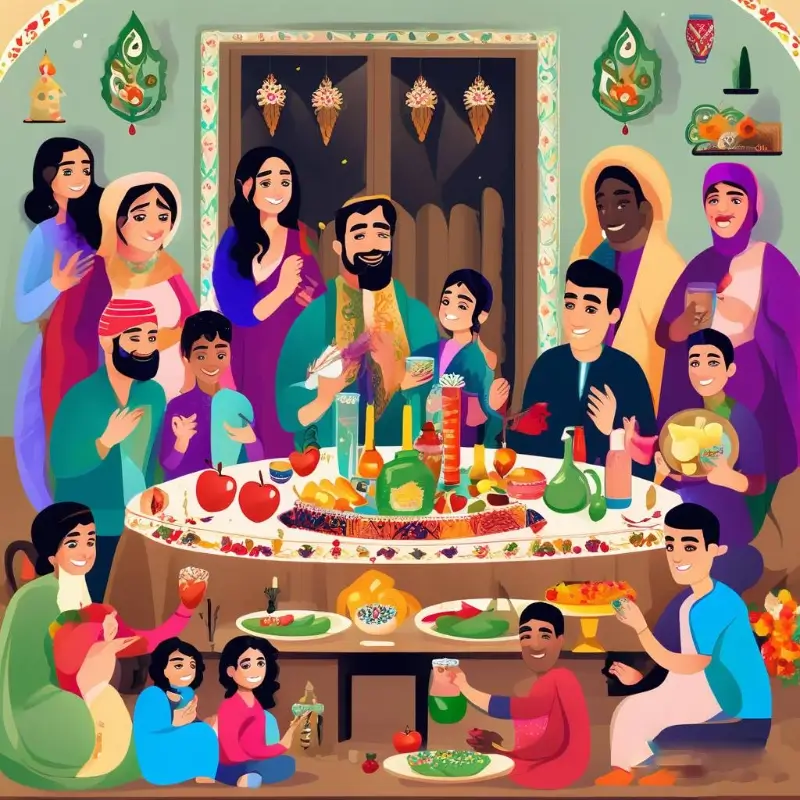why does easter change every year?
Easter is a Christian holiday that celebrates the resurrection of Jesus Christ. The date of Easter changes every year because it is determined by a combination of lunar and solar calendars.
The Christian calendar is lunar, based on the phases of the moon. The Council of Nicaea, in 325 AD, established that Easter should be celebrated on the first Sunday following the first full moon after the vernal equinox, which is the first day of spring. The vernal equinox usually occurs around March 20 or 21.
Here’s why Easter’s date varies:
- Lunar Calendar: The lunar calendar is shorter than the solar calendar by about 11 days every year. To keep the lunar calendar in sync with the solar calendar, an extra month (intercalary month) is inserted into the lunar calendar about every three years. This means that the phases of the moon, and therefore the date of the full moon, will vary from year to year.
- Solar Calendar: The vernal equinox itself is not a fixed date due to the precession of the Earth’s axis, which has a cycle of approximately 26,000 years. However, the effect of the precession on the equinox is very slow, so it doesn’t cause Easter to shift by more than a day or two over the course of a single year.
To determine the date of Easter for any given year, Christians use a complex set of rules that take into account the lunar and solar calendars. These rules ensure that Easter always falls on the same day relative to the Jewish Passover, which is based on the same lunar calendar.
In summary, Easter changes every year because it is calculated based on the first full moon after the vernal equinox, and the lunar and solar calendars have different speeds of progression, leading to a discrepancy of about one day every three years.



